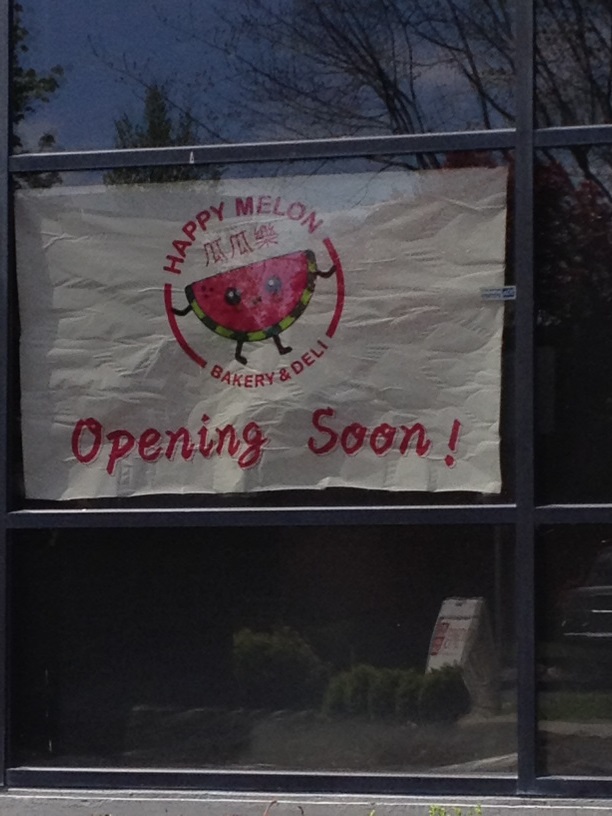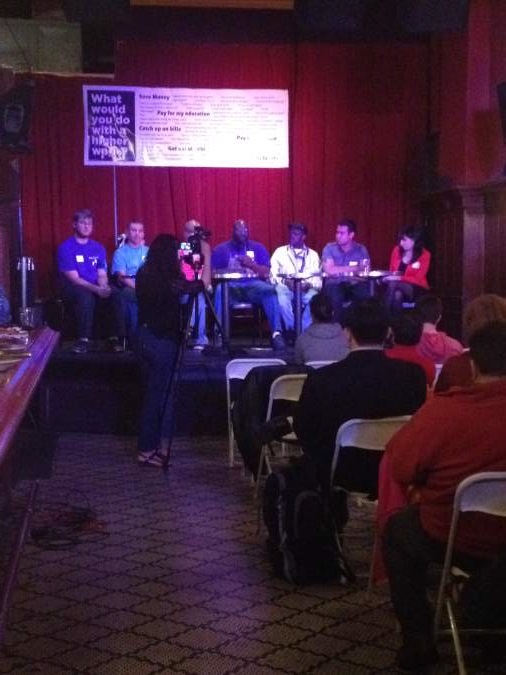I have no idea how many restaurants I’ve visited in Seattle, but I’ve eaten out five or six nights a week for a year and a half—and not once been approached by a sommelier. I assumed perhaps that was because I looked young or poor, but master sommelier Thomas Price, head sommelier at the Metropolitan Grill, says my experience may reflect how few local restaurants employ a sommelier. “I laugh with all my colleagues here about how there’s Canlis, [Wild] Ginger, and the Met Grill,” Price says.
By contrast, Houston Press food critic Katharine Shilcutt estimates that 40 to 50 nicer restaurants in Houston, where I recently visited, employ a sommelier—or a very educated general manager who’s primed to fulfill a similar function. Even accounting for the cities’ population difference, or a few more soms in Seattle proper who may have slipped Price’s mind, that’s a startling statistic—all the more since Seattle is, as Price puts it, “sort of smack-dab in the middle of wine country.” Although Texas is valiantly trying to promote its wine growers, nobody would mistake the state’s hill country for the Yakima Valley.
But the sommelier story isn’t best told with numbers. I’d rather introduce you to the man who poured our wine at Oxheart in Houston, where the Iron Som crown is considered among the most prestigious titles attainable in the food-and-beverage industry. Oxheart’s sommelier, Justin Vann, is a bespectacled blogger who has compared the feeling he gets after drinking a great Japanese whiskey to the way “a really good punk show might make you want to punch someone in the mosh pit in the face.” And while that sounds intense, Vann’s service style is self-effacing and caring, two attributes rarely associated with Seattle soms.
Vann had designed an all-white pairing for the seven-course meal on offer at Oxheart the night I dined there, but he was quick to ask whether I’d miss having a red. The pairings as planned were terrific, but Vann’s skill really shone when dealing with my husband, who doesn’t drink wine. Vann had recently purchased a set of non-alcoholic beverages for a special dinner, and spoke about them with the enthusiasm lesser soms reserve for bottles with triple-digit price tags. He had tasting notes for Mexican Coke.
In Seattle, as Price nightly witnesses at the Met, diners typically go for big reds so reliably in the presence of beef that he’s forced to pour Brunellos with shellfish starters. “Personally, I find that horrifying, but my philosophy is always ‘guest first,’ ” he says. Still, at the Met, sommeliers typically don’t interact with guests unless they’ve expressed interest in ordering a bottle of wine. By contrast, at the Houston restaurant Underbelly, general manager/sommelier Matthew Pridgen bounds around the room, offering his services to anyone who looks thirsty.
As Price explains, wine’s a given in Texas, while in Seattle many eaters don’t consider it an essential element of a great meal. And if they do, they’re unlikely to cede decision-making to a sommelier. Whether because the diner thinks it’d be uncool to defer to a restaurant staffer or because the sommelier fails to correctly read the customer, happy stories of Seattle eaters being introduced to unexpected pairings by a trained professional are exceedingly rare.
It’s a genuine shame that Seattle doesn’t have a strong sommelier culture. It would be wonderful if new restaurants put more thought into not just their wine lists, but their wine service, funneling the young, geeky energy now concentrated on beer and cocktails into wine appreciation. Our city is lucky to have great food and great wine—its diners deserve more professionals to help them link the two.







